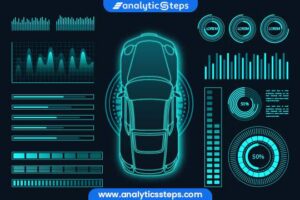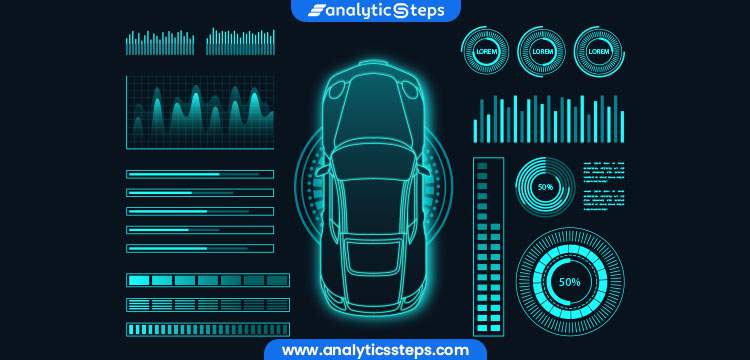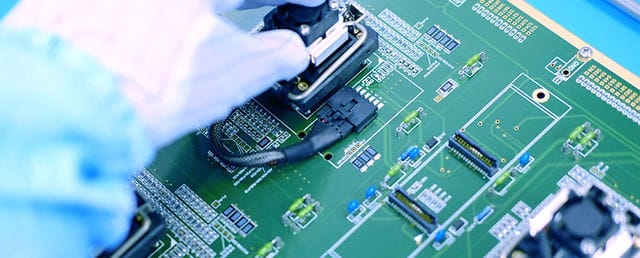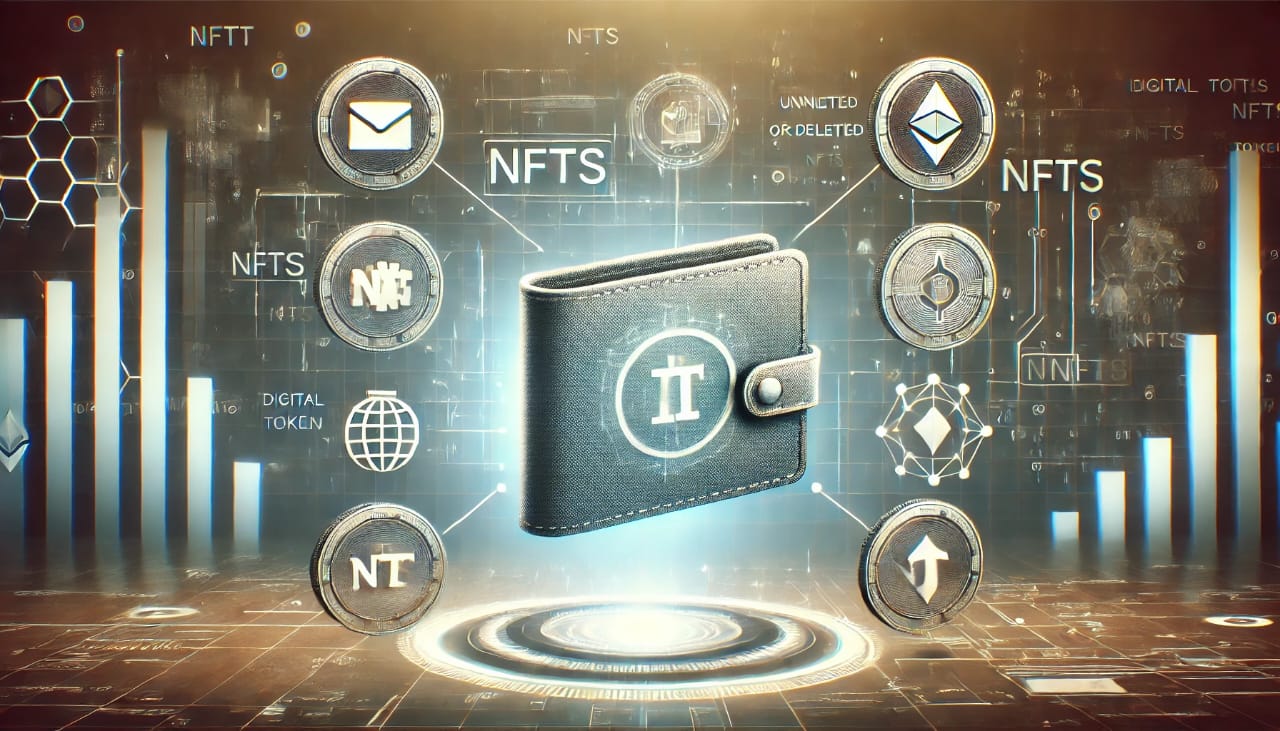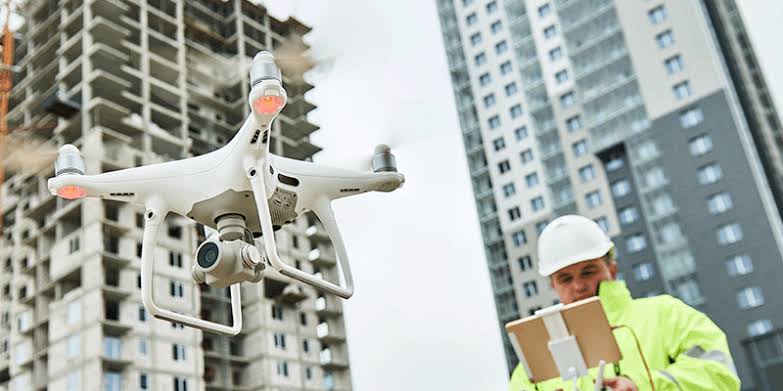Car holographic displays are redefining the driving experience by seamlessly blending essential information with the road ahead, allowing drivers to stay informed without taking their eyes off the road. This revolutionary technology promises to enhance safety, convenience, and sophistication—from navigating tricky intersections to real-time vehicle monitoring—making every journey more engaging and efficient.
What is a Holographic Display and How Does it Work?
A holographic display is a cutting-edge technology that creates three-dimensional images, giving the impression of objects floating in space. Unlike traditional screens that rely on flat pixels, holographic displays manipulate light to provide depth and dimension without the need for 3D glasses. By using lasers or specialized projectors, they deliver dynamic visuals from various angles.
In the automotive sector, holographic displays are particularly beneficial as they project critical information—such as speed, navigation instructions, and alerts—directly into the driver’s line of sight. This innovative method reduces distractions, ensuring that essential data remains accessible and enhancing the interaction with vehicle systems. Overall, holographic displays significantly improve the integration of technology into everyday driving experiences.
Benefits of Using Car Holographic Displays
Benefits #1: Improved Safety Features
Holographic displays play a crucial role in enhancing road safety by providing critical information directly in the driver’s line of sight. This method of presentation allows drivers to access important data—such as speed limits, navigation prompts, and hazard alerts—without diverting their attention from the road. By minimizing the need to look down at traditional dashboard screens, holographic displays help reduce the risk of accidents caused by distracted driving.
Furthermore, advanced holographic systems can integrate seamlessly with various vehicle sensors and safety technologies. For instance, they can detect nearby pedestrians or obstacles and visually alert the driver with projected warnings right where they are needed most—within the driver’s direct line of sight. This proactive safety feature not only improves the driver’s awareness of their surroundings but also encourages quicker reaction times in potentially dangerous situations.
By continuously presenting vital information in an easily digestible format, holographic displays foster a safer driving environment, allowing drivers to stay informed and focused.
Benefits #2: Enhanced Navigation and GPS
The advent of car holographic displays has fundamentally transformed the navigation experience. Instead of relying on traditional screens that require drivers to glance away from the road, holographic displays project navigation instructions directly into the driver’s field of view. This innovative approach allows for a more intuitive navigation experience, as turn-by-turn directions appear seamlessly integrated with the actual roadway. The driver can see not only where they need to go but also how to get there without losing focus on the road ahead.
Moreover, these systems can provide real-time updates on traffic conditions, adapting navigation routes dynamically. For example, if an accident occurs or heavy traffic is detected, the system can quickly suggest alternate routes, helping the driver avoid delays. With voice command capabilities, drivers can interact with the navigation system hands-free, further enhancing safety by allowing them to keep their hands on the wheel and eyes on the road. This integration of technology ensures that navigation becomes a natural extension of the driving experience, enhancing both efficiency and safety.
Benefits #3: Personalized Driving Experience
Holographic displays offer drivers the ability to personalize their in-car experience. With the ability to recognize individual profiles, these systems adjust settings like seat positioning, climate control, and ambient lighting based on who is driving. This allows for seamless viewing of favorite playlists or preferred driving modes without causing any distractions.
Additionally, real-time traffic updates and location-based reminders add to this personalized experience. For example, if a driver has a meeting nearby, the system can provide timely prompts or suggest the most efficient route to reach it.
As these displays continue to advance, they may incorporate machine learning algorithms that analyze user behaviors and preferences, resulting in an even more personalized and tailored driving experience for each driver.
Benefits #4: Entertainment and Convenience Features
Holographic displays enhance the entertainment value of driving by offering innovative options for drivers and passengers. For example, passengers can enjoy streaming movies or music projected on a clear screen without obstructing the driver’s view, making long trips more enjoyable and engaging. This capability not only entertains passengers but also transforms how time spent in the car is perceived, turning travel into a more enjoyable experience.
For drivers, the integration of voice command technology allows for seamless interaction with entertainment systems. They can easily adjust audio settings, select playlists, or even access navigation features without taking their hands off the wheel. This hands-free operation reduces distractions and helps maintain focus on driving.
Additionally, smart connectivity options facilitate quick access to apps and notifications, ensuring that drivers can stay informed about messages or other important updates without needing to divert their attention from the road. This combination of entertainment and convenience features enhances the overall driving experience, making each journey more enjoyable and efficient.
Future Possibilities and Potential Impact on the Automotive Industry
The future of car holographic displays is promising, with potential advancements leading to more immersive interfaces that respond to voice commands and gestures. These displays could learn from driver behavior through artificial intelligence, providing personalized route suggestions and highlighting points of interest.
Integrating augmented reality features may enhance situational awareness by offering real-time data overlays without distractions. Additionally, holographic displays could be used for improved vehicle diagnostics and maintenance alerts, delivering insights into the car’s health.
As this technology evolves, it is set to reshape user expectations and redefine the overall automotive experience, creating safer and more engaging driving environments.
Potential Drawbacks or Limitations of Car Holographic Displays
Despite the numerous benefits of car holographic displays, they come with several drawbacks:
- Distraction Potential: If information is not presented clearly or intuitively, drivers may become distracted, diverting their attention from the road.
- High Costs: The cutting-edge technology used in holographic displays often comes with a high price tag. This can make them unaffordable for many consumers, which may slow down their adoption in mainstream vehicles and limit their availability to luxury models initially.
- Reliability Concerns: The reliance on advanced technology raises important questions regarding reliability and maintenance. If a holographic display system malfunctions, drivers might find themselves unable to access critical information, leading to challenges in navigation without traditional controls.
- Visibility Limitations: The effectiveness of holographic projections can be affected by varying visibility conditions, such as bright sunlight or adverse weather, necessitating proactive solutions from manufacturers to ensure clarity and functionality.
Conclusion: The Exciting Future of Driving with Car Holographic Displays
Car holographic displays are revolutionizing the automotive industry, transforming the way we engage with our vehicles. By projecting 3D information onto the windshield, these technologies provide drivers with important data without having to take their eyes off the road. This not only increases safety but also allows for a more personalized driving experience.
Moreover, these displays provide entertainment options for passengers without causing distractions for the driver, elevating the overall ride experience. However, challenges regarding usability and cost-effectiveness need to be addressed for widespread adoption to occur.
With further advancements in research and development, car holographic displays hold great potential for creating a safer, more efficient, and more captivating driving experience in the future.




